I often think about a hypothetical first interaction with an alien civilisation. If they asked about our home planet, I would have a tough time relaying the essence, the beauty and the diversity of this planet to them. It would be no easy task.
The truth is, the uniqueness of Mother Earth is way beyond our current understanding. There are so many other aspects of our planet that we are still trying to study, explore and befriend. Phenomenal is too small a word to describe the coexistence of biodiversity, its surrounding ecosystems, and us humans on this planet.
NASA scientists are trying hard to find a “new” Earth, in the hope of exploring the possibilities of another habitable planet. But what if we directed those resources into protecting and saving the planet we currently live on? For a long while now, ambitions and greed have made us cross the line by exploiting, overusing and polluting what Mother Earth has to offer. We have collectively been breaking the code, which would raise a red flag in any intra-planetary summit!
We still have a chance to make a collective change, starting with our outlook towards our surroundings. The existence of our planet is a miracle, and we should preserve this for future generations too.
Still not convinced? Check out these images and tell me if I’m wrong!
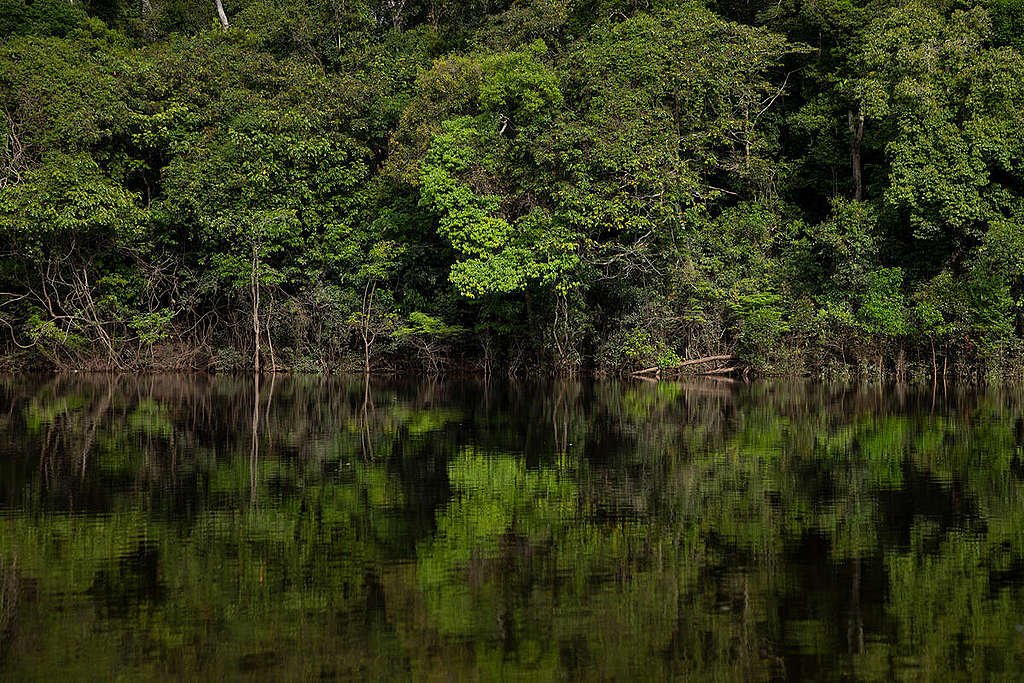 The river expedition “Amazon We Need”, held in June 2022, is a way to discuss new economic development models for the region, based on forest potential, the knowledge of traditional and Indigenous populations, and promoting scientific research. The expedition aims to support river communities of the Manicoré River, in the southern Amazonas state, who fight for their land rights to be acknowledged and their forest protected. Another objective is to support researchers of INPA (Amazon Research National Institute) in their studies on Amazon biodiversity. © Nilmar Lage / Greenpeace
The river expedition “Amazon We Need”, held in June 2022, is a way to discuss new economic development models for the region, based on forest potential, the knowledge of traditional and Indigenous populations, and promoting scientific research. The expedition aims to support river communities of the Manicoré River, in the southern Amazonas state, who fight for their land rights to be acknowledged and their forest protected. Another objective is to support researchers of INPA (Amazon Research National Institute) in their studies on Amazon biodiversity. © Nilmar Lage / Greenpeace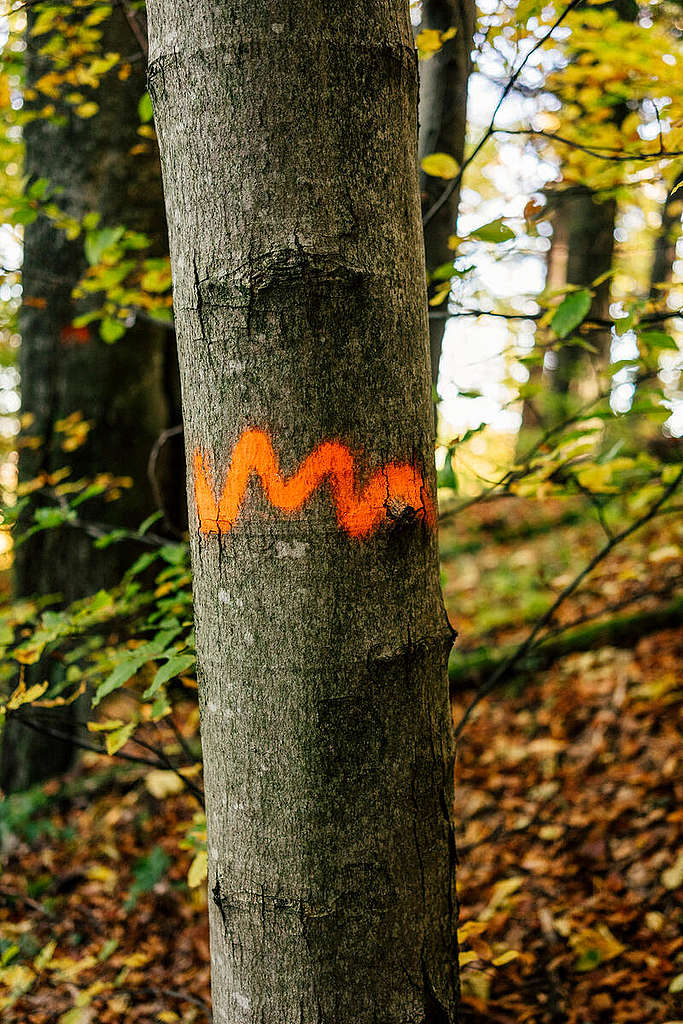 The Carpathian Forest in the southeast of Poland is one of the last remaining resorts of virgin and old-growth mountain forest in Europe. It is home to the largest population of bears, lynx, wolves, wildcats and golden eagles in Poland. It is also home to the second-largest population of European bison in the whole world. The Carpathians, a 1500-km mountain range expanding from Austria to Serbia, are labelled one of the 200 most precious biodiversity hotspots in the world (WWF). Since the 1990s Polish environmentalists have planned to expand national parks in this area – e.g. to expand Bieszczady National Park (established in 1973) and to create Turnicki National Park. Unfortunately, despite the undisputed natural value of the ecosystems, for various reasons, those plans have not been implemented. Instead, Polish State Forestry logs even in parts of the forest where rare brown bears are denning. The Greenpeace Poland team visited the area again in October 2022 and documented logging sites and the natural beauty of forests which are about to be logged. © Max Zielinski / Greenpeace
The Carpathian Forest in the southeast of Poland is one of the last remaining resorts of virgin and old-growth mountain forest in Europe. It is home to the largest population of bears, lynx, wolves, wildcats and golden eagles in Poland. It is also home to the second-largest population of European bison in the whole world. The Carpathians, a 1500-km mountain range expanding from Austria to Serbia, are labelled one of the 200 most precious biodiversity hotspots in the world (WWF). Since the 1990s Polish environmentalists have planned to expand national parks in this area – e.g. to expand Bieszczady National Park (established in 1973) and to create Turnicki National Park. Unfortunately, despite the undisputed natural value of the ecosystems, for various reasons, those plans have not been implemented. Instead, Polish State Forestry logs even in parts of the forest where rare brown bears are denning. The Greenpeace Poland team visited the area again in October 2022 and documented logging sites and the natural beauty of forests which are about to be logged. © Max Zielinski / Greenpeace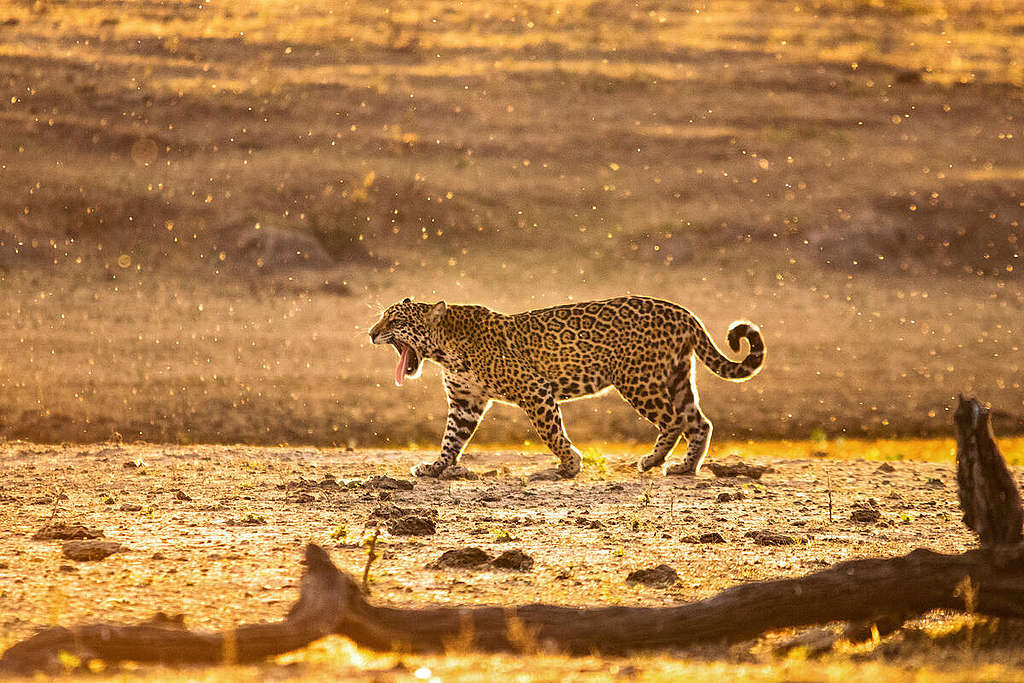 The cattle industry is rapidly destroying the home of the last 20 Jaguars of the Gran Chaco. Its uncontrolled expansion is generating a historical crime in a unique place: the Gran Chaco, the second largest forest ecosystem in South America after the Amazon, where more than 4 million people, 3,400 plant species, 500 bird species, 150 mammals, 120 reptiles, 100 amphibians and the Jaguar (Panthera Onca) which is the largest feline in America and the third largest in the world. Despite the fact that the Jaguar was declared a National Monument, its territory is not protected and this seriously endangers its subsistence. For this reason, Greenpeace presented on July 19 (2019) a judicial injunction before the Supreme Court of Justice of the Nation on behalf of and on behalf of the Jaguar that lives in the Gran Chaco, to guarantee “Zero Deforestation” in their territories. © Carlos Eduardo Fragoso / Greenpeace
The cattle industry is rapidly destroying the home of the last 20 Jaguars of the Gran Chaco. Its uncontrolled expansion is generating a historical crime in a unique place: the Gran Chaco, the second largest forest ecosystem in South America after the Amazon, where more than 4 million people, 3,400 plant species, 500 bird species, 150 mammals, 120 reptiles, 100 amphibians and the Jaguar (Panthera Onca) which is the largest feline in America and the third largest in the world. Despite the fact that the Jaguar was declared a National Monument, its territory is not protected and this seriously endangers its subsistence. For this reason, Greenpeace presented on July 19 (2019) a judicial injunction before the Supreme Court of Justice of the Nation on behalf of and on behalf of the Jaguar that lives in the Gran Chaco, to guarantee “Zero Deforestation” in their territories. © Carlos Eduardo Fragoso / Greenpeace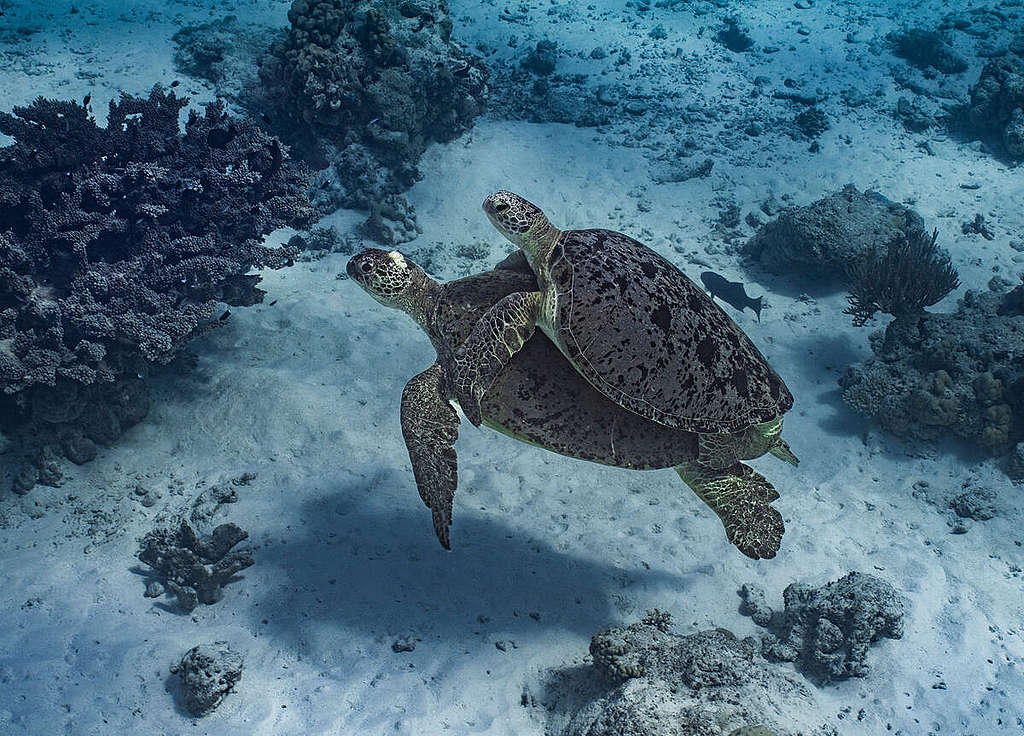 Mating Green Turtles. © Alex Westover and Wendy Mitchell / Greenpeace
Mating Green Turtles. © Alex Westover and Wendy Mitchell / Greenpeace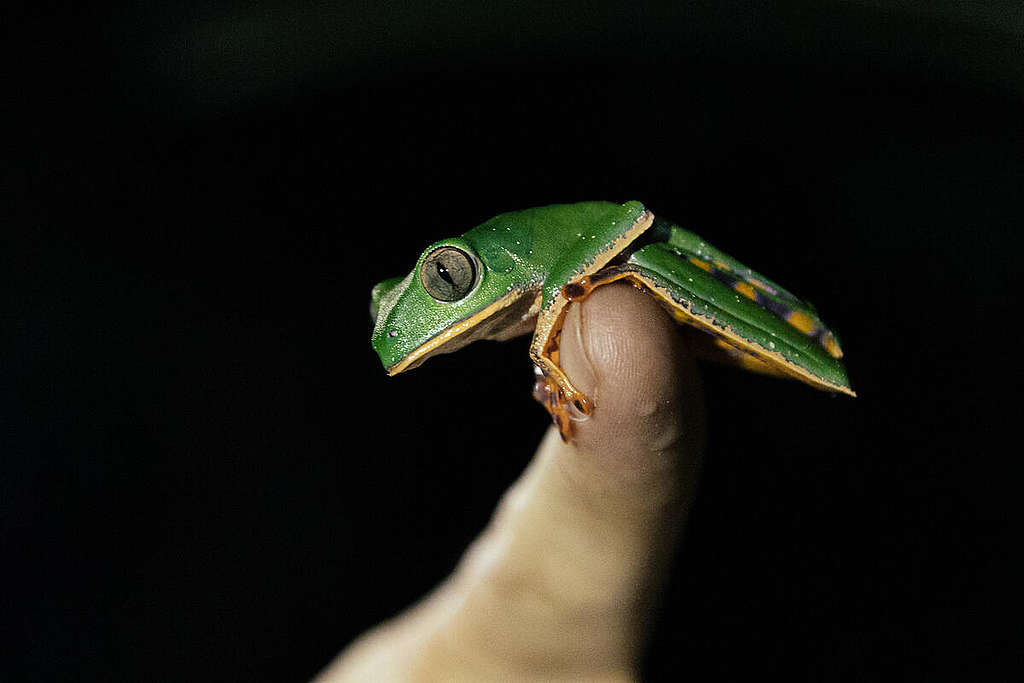 Researchers from the National Institute for Research in the Amazon (INPA) were invited by Greenpeace Brazil to carry out a rapid inventory of biodiversity in the Manicoré River. The group of Herpetofauna researchers collected samples of reptiles using trap and drop trap techniques, buckets of approximately 60 liters are used to capture the samples. In addition, the researchers went out into the field during the night for an active search, when they walked slowly checking litter, trunk cavities, vegetation inside holes in the ground and the entire environment that sheltered the analyzed animals.
The river expedition “Amazon We Need”, held in June 2022, is a way to discuss new economic development models for the region, based on forest potential, the knowledge of traditional and Indigenous populations, and promoting scientific research. The expedition aims to support river communities of the Manicoré River, in the southern Amazonas state, who fight for their land rights to be acknowledged and their forest protected. Another objective is to support researchers of INPA (Amazon Research National Institute) in their studies on Amazon biodiversity. © Tuane Fernandes / Greenpeace
Researchers from the National Institute for Research in the Amazon (INPA) were invited by Greenpeace Brazil to carry out a rapid inventory of biodiversity in the Manicoré River. The group of Herpetofauna researchers collected samples of reptiles using trap and drop trap techniques, buckets of approximately 60 liters are used to capture the samples. In addition, the researchers went out into the field during the night for an active search, when they walked slowly checking litter, trunk cavities, vegetation inside holes in the ground and the entire environment that sheltered the analyzed animals.
The river expedition “Amazon We Need”, held in June 2022, is a way to discuss new economic development models for the region, based on forest potential, the knowledge of traditional and Indigenous populations, and promoting scientific research. The expedition aims to support river communities of the Manicoré River, in the southern Amazonas state, who fight for their land rights to be acknowledged and their forest protected. Another objective is to support researchers of INPA (Amazon Research National Institute) in their studies on Amazon biodiversity. © Tuane Fernandes / Greenpeace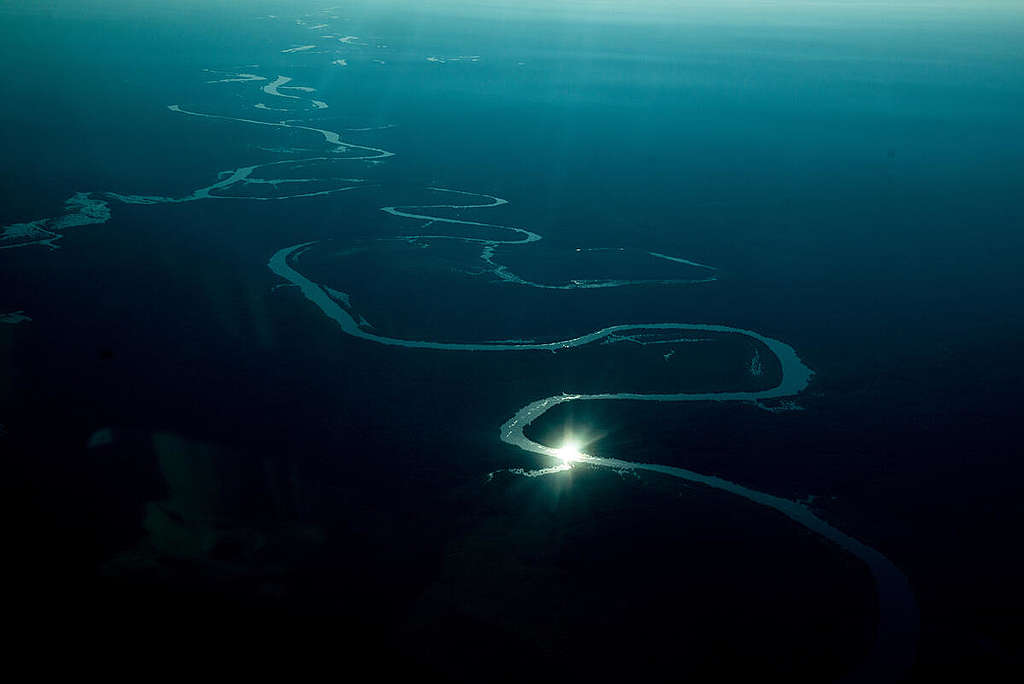 Aerial image of the Manicoré River, in the southern Amazonas state, in the Amazon, Brazil. People from the communities near the Manicoré River are fighting for their land rights to be acknowledged and their forests protected. © Valdemir Cunha / Greenpeace
Aerial image of the Manicoré River, in the southern Amazonas state, in the Amazon, Brazil. People from the communities near the Manicoré River are fighting for their land rights to be acknowledged and their forests protected. © Valdemir Cunha / Greenpeace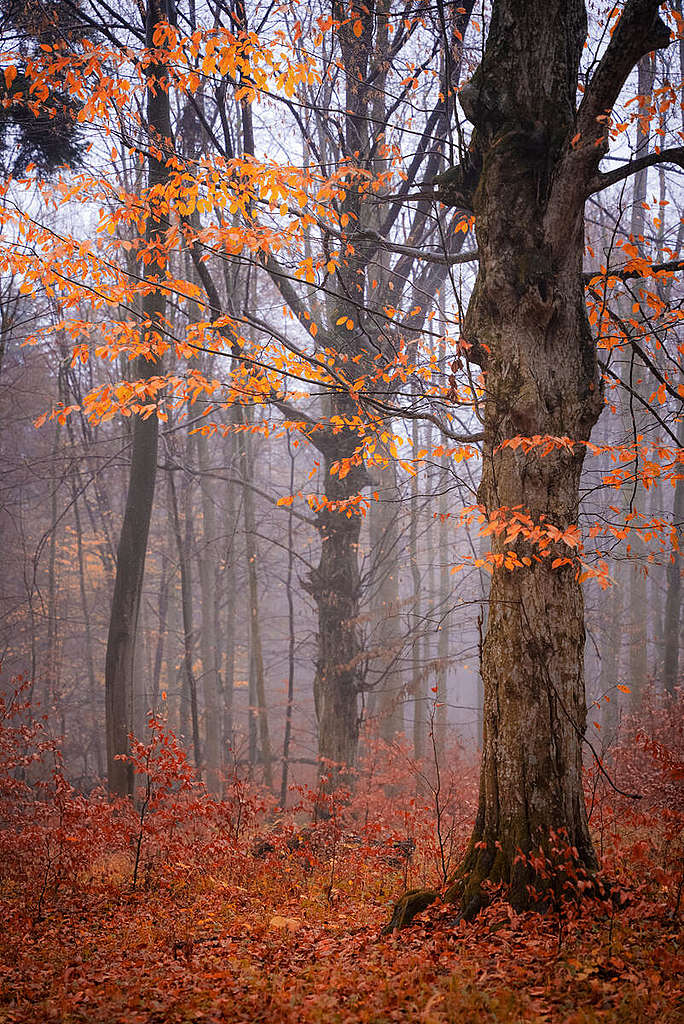 The carpathian mountains in Poland, especially in the Bieszczady mountain range, are one of the wildest parts of Poland. Unfortunately, it is not protected enough and logging sites are spread all over it. Gradually one of the most biodiverse ecosystems in Poland disappears © Konrad Skotnicki / Greenpeace
The carpathian mountains in Poland, especially in the Bieszczady mountain range, are one of the wildest parts of Poland. Unfortunately, it is not protected enough and logging sites are spread all over it. Gradually one of the most biodiverse ecosystems in Poland disappears © Konrad Skotnicki / Greenpeace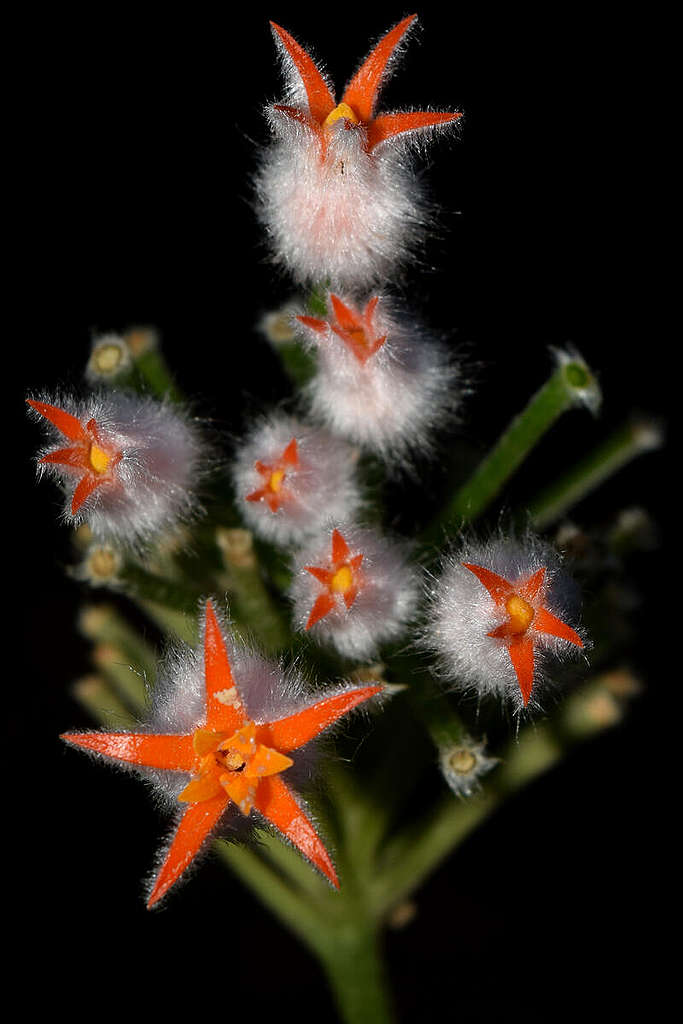 Documentation of various plants in the Amazon.
The river expedition “Amazon We Need”, held in June 2022, is a way to discuss new economic development models for the region, based on forest potential, the knowledge of traditional and Indigenous populations, and promoting scientific research. The expedition aims to support river communities of the Manicoré River, in the southern Amazonas state, who fight for their land rights to be acknowledged and their forest protected. Another objective is to support researchers of INPA (Amazon Research National Institute) in their studies on Amazon biodiversity. © Francisco Pacaya / Greenpeace
Documentation of various plants in the Amazon.
The river expedition “Amazon We Need”, held in June 2022, is a way to discuss new economic development models for the region, based on forest potential, the knowledge of traditional and Indigenous populations, and promoting scientific research. The expedition aims to support river communities of the Manicoré River, in the southern Amazonas state, who fight for their land rights to be acknowledged and their forest protected. Another objective is to support researchers of INPA (Amazon Research National Institute) in their studies on Amazon biodiversity. © Francisco Pacaya / Greenpeace
 1 year ago
136
1 year ago
136

